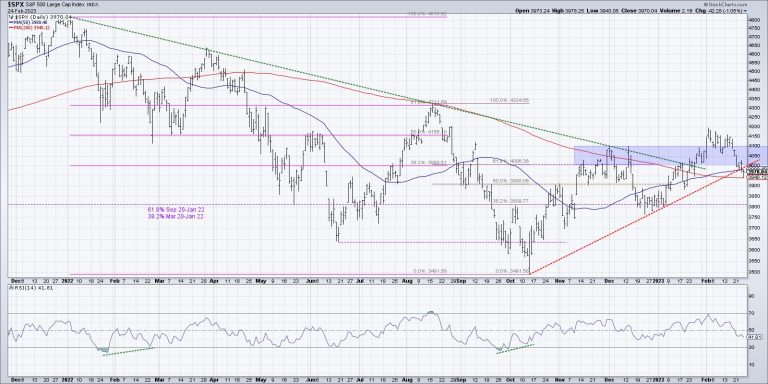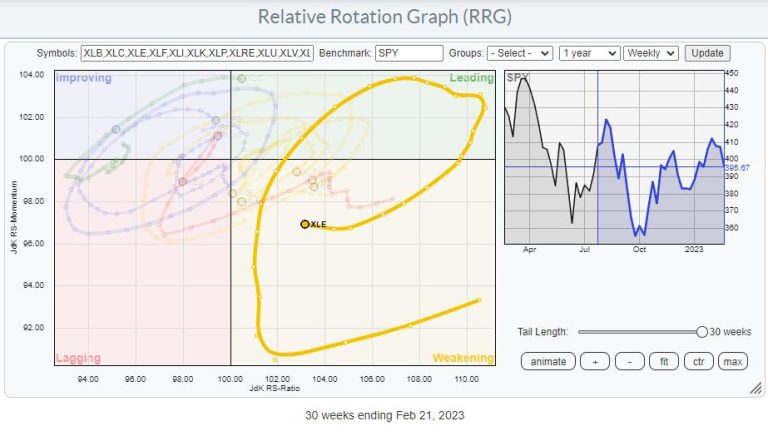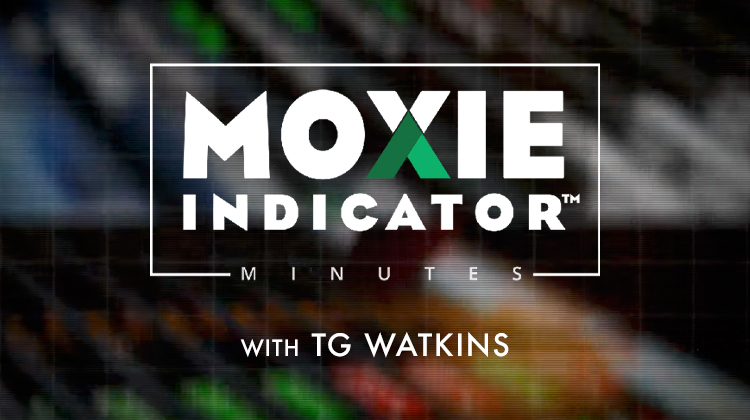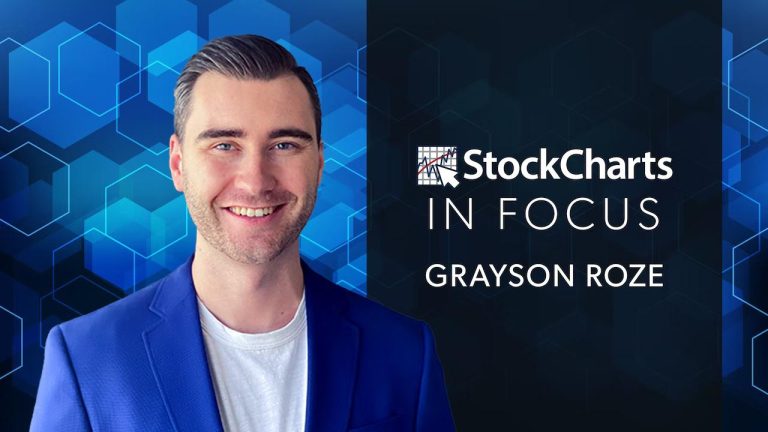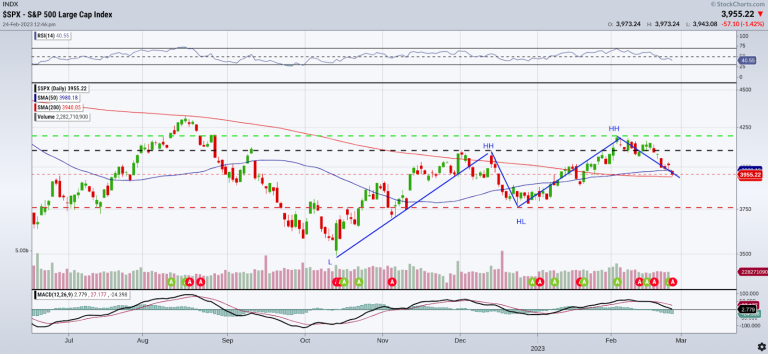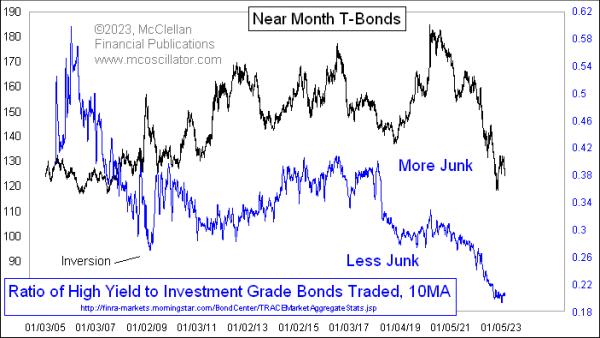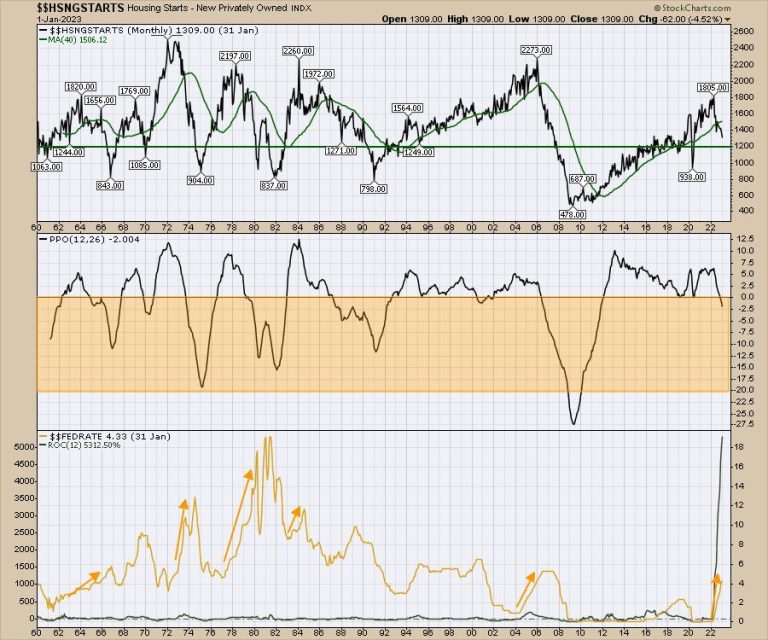James Abourezk, a South Dakota Democrat who grew up on the Rosebud Indian Reservation, became the first Arab American U.S. senator and was known for his quick wit as he advocated for populist causes, died Friday. He was 92.
Abourezk died at his home in Sioux Falls on his birthday after entering hospice care earlier this week, his son Charles Abourezk said. While in hospice, James Abourezk was surrounded by his wife Sanaa Abourezk and other family members.
Abourezk represented South Dakota for single terms in the U.S. House and U.S. Senate during the 1970s, where he exemplified a brand of Democratic politician known as Prairie Populist. He fought passionately — and with humor — for those he felt were the downtrodden: farmers, consumers and Native American people.
Abourezk was the first chair of the Senate Committee on Indian Affairs and successfully pressed for the American Indian Policy Review Commission. It produced a comprehensive review of federal policy with American Indian tribes and sparked the Indian Self-Determination and Education Assistance Act, the American Indian Religious Freedom Act and the Indian Child Welfare Act — a landmark piece of legislation meant to cut down on the alarming rate at which Native American children were taken from their homes and placed with white families.
When the American Indian Movement seized and occupied Wounded Knee, South Dakota, in 1973 to protest the federal government’s treatment of Native American tribes, Abourezk and fellow South Dakota Democrat Sen. George McGovern traveled to Wounded Knee to negotiate with activists in a standoff with federal law enforcement.
Abourezk also mounted an unsuccessful effort against natural gas de-regulation that raised prices for consumers and became an outspoken critic of U.S. policy in the Middle East. He declined to run for reelection in 1978.
‘He was courageous, he was outspoken,’ said Tom Daschle, the former Senate Democratic leader who started his political career as an aide to Abourezk. He added: ‘I give him great credit for his advocacy of human rights, especially of the need to recognize the Arab American community in the United States. He was a lone voice for many years.’
Abourezk’s causes often ran afoul of Washington’s political establishment. He jabbed back with banter.
‘He was a great storyteller; he had great humor; he was quick-witted and people loved to be around him,’ Daschle said.
In Abourezk’s 1989 memoir, he wrote of the Senate: ‘Where else are your doors opened for you, is your travel all over the world provided free of charge, can you meet with world leaders who would otherwise never let you into their countries, have your bad jokes laughed at and your boring speeches applauded? It’s the ultimate place to have one’s ego massaged, over and over.’
The trappings of the Senate were another world from Abourezk’s rough-and-tumble childhood on the Rosebud Indian Reservation, where his Lebanese parents had immigrated and ran a general store.
He told colorful tales in his memoir of adolescent adventure: He learned to shoot pool at a local saloon called the Bloody Bucket; drove his father’s car backward to reverse the mileage put on the odometer from an unauthorized, 17-mile trip to see a girlfriend; and challenged a group of school bullies to a fight to distract them from picking on another student.
He didn’t win the fight, Abourezk wrote in his memoir, ‘Advise and Dissent.’ But the bullies left him and the other student alone: ‘It turned out no one was anxious to tangle with even a sure loser.’
Abourezk served four years in the U.S. Navy following World War II. Upon returning to South Dakota, he married his first wife, Mary Ann Houlton, and had three children: Charles, Nikki and Paul. He worked a series of jobs, including as a rancher, blackjack dealer and judo instructor, and then earned a degree in civil engineering from the South Dakota School of Mines.
His job as a civil engineer took him to California, then back to South Dakota, where he worked on the Minuteman missile silos in the western part of the state. He attended law school and opened a solo practice in Rapid City.
Abourezk ran for South Dakota attorney general in 1968 and lost. But he remained undeterred from entering politics and narrowly won a U.S. House seat in 1970. Two years later, he jumped to the Senate. During his term there, he was a seatmate to both former Sens. Joe Biden and Edward Kennedy.
He led a delegation from South Dakota, including members of the University of South Dakota basketball team, to Cuba for a game with the Cuban national basketball team. During the trip, he met with Fidel Castro.
Abourezk also became an outspoken critic of Israel and U.S. foreign policy in the Middle East after touring the region and visiting his parents’ hometown in Lebanon as a senator. The position lost him many political allies, and he decided to retire from the Senate after a single term.
Abourezk returned to practicing law in Washington and founded the American-Arab Anti-Discrimination Committee, where he passionately and colorfully denounced Israeli aggressions in the Middle East. He divorced his first wife in 1980.
Abourezk married Margaret Bethea in 1982. They later divorced.
He set up a law practice in Rapid City where he specialized in American Indian law, but also remained active in advocacy on international policy.
At an embassy event in Washington, he met Sanaa Abourezk, a restauranteur. They were married in 1991, and several years later moved to Sioux Falls where she opened an award-winning restaurant.
In addition to his wife, he is survived by four children, Charles Abourezk, Nikki Pipe On Head, Paul Abourezk and Alya Abourezk; step-daughter, Chelsea Machado; and many grandchildren and great-grandchildren.
This post appeared first on FOX NEWS



